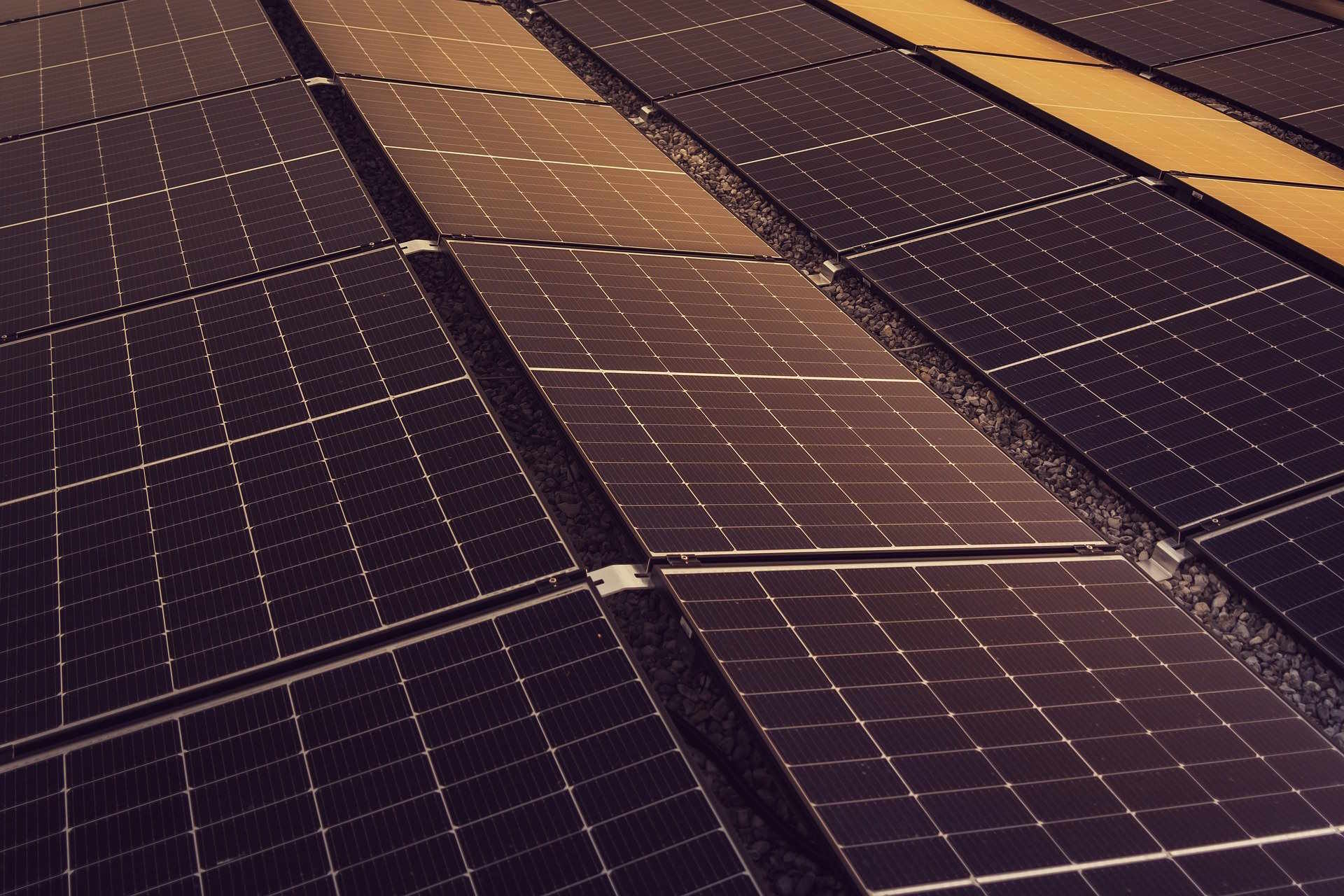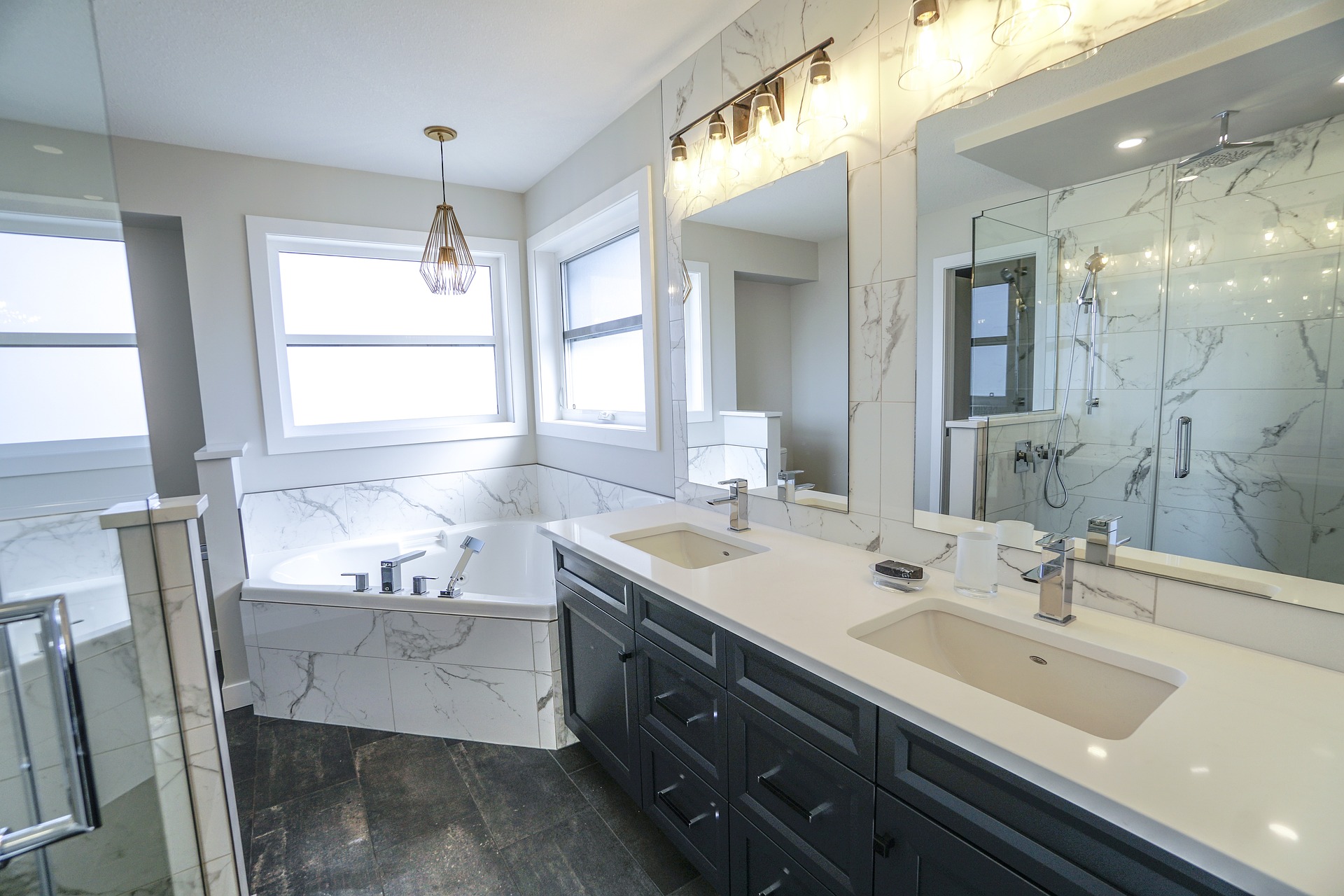Solar System Installation: A Smart Home Energy Solution
Solar energy is revolutionizing how homeowners power their living spaces, offering an environmentally friendly and increasingly cost-effective alternative to traditional electricity sources. As renewable energy technologies continue to advance, solar systems have become more accessible and efficient than ever before, providing homeowners with a compelling option to reduce energy costs and minimize their carbon footprint.

What Should You Consider Before Installing a Solar System?
Before diving into solar panel installation, several critical factors require careful evaluation. First, assess your home’s solar potential by examining roof orientation, available sunlight, and potential shading from nearby trees or buildings. Not all properties are equally suited for solar energy, so a professional assessment can help determine your home’s solar viability.
Roof condition is another crucial consideration. Solar panels typically have a 25-30 year lifespan, so your roof should be in good condition and relatively new. If your roof requires replacement in the near future, it’s advisable to complete those repairs before solar installation to avoid additional costs of removing and reinstalling panels.
Understanding the Financial Benefits of Solar Energy
Solar installations offer significant long-term financial advantages. While initial setup costs can be substantial, homeowners can typically recoup their investment through energy savings and potential tax incentives. Federal tax credits currently offer up to 30% of installation costs, and many states provide additional local incentives that can further reduce overall expenses.
Energy independence is another compelling financial benefit. By generating your own electricity, you’re less vulnerable to rising utility rates and potential grid disruptions. Many solar systems also allow for net metering, where excess energy generated can be sold back to the local power grid, creating potential additional income.
Exploring Different Types of Solar Panels
The solar market offers several panel types, each with unique characteristics. Monocrystalline panels are known for highest efficiency and sleek appearance, typically performing best in limited space. Polycrystalline panels offer a more budget-friendly option with slightly lower efficiency. Thin-film panels provide flexibility for unconventional installation areas but generally require more space.
Solar Panel Comparison Table
| Panel Type | Efficiency Rate | Cost Range | Best Used For |
|---|---|---|---|
| Monocrystalline | 20-22% | \(\) | Limited roof space, high performance |
| Polycrystalline | 15-17% | $$$ | Standard residential installations |
| Thin-Film | 10-13% | $$ | Large surface areas, flexible mounting |
Prices, rates, or cost estimates mentioned in this article are based on the latest available information but may change over time. Independent research is advised before making financial decisions.
The Importance of Solar Inverters
Solar inverters represent a critical component in any solar system, converting direct current (DC) electricity generated by panels into alternating current (AC) electricity used in homes. Modern inverters offer advanced monitoring capabilities, allowing homeowners to track energy production and consumption in real-time.
Choosing the Right Solar Installation Service
When selecting a solar installation provider, prioritize companies with solid reputations, comprehensive warranties, and proven track records. Look for certifications from recognized industry organizations and check customer reviews. Many reputable providers offer free consultations and detailed system proposals tailored to your specific energy needs.
Solar system installation represents a forward-thinking approach to home energy management. By carefully evaluating your specific requirements and working with qualified professionals, you can create a sustainable, cost-effective energy solution that benefits both your household and the environment.




